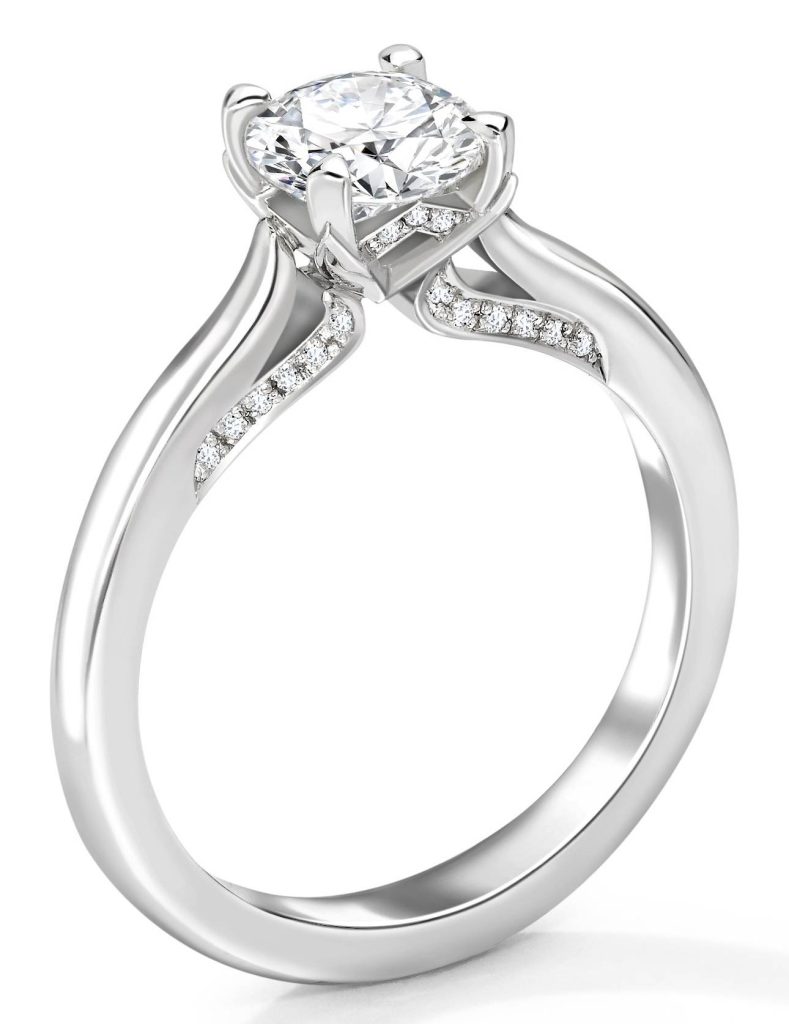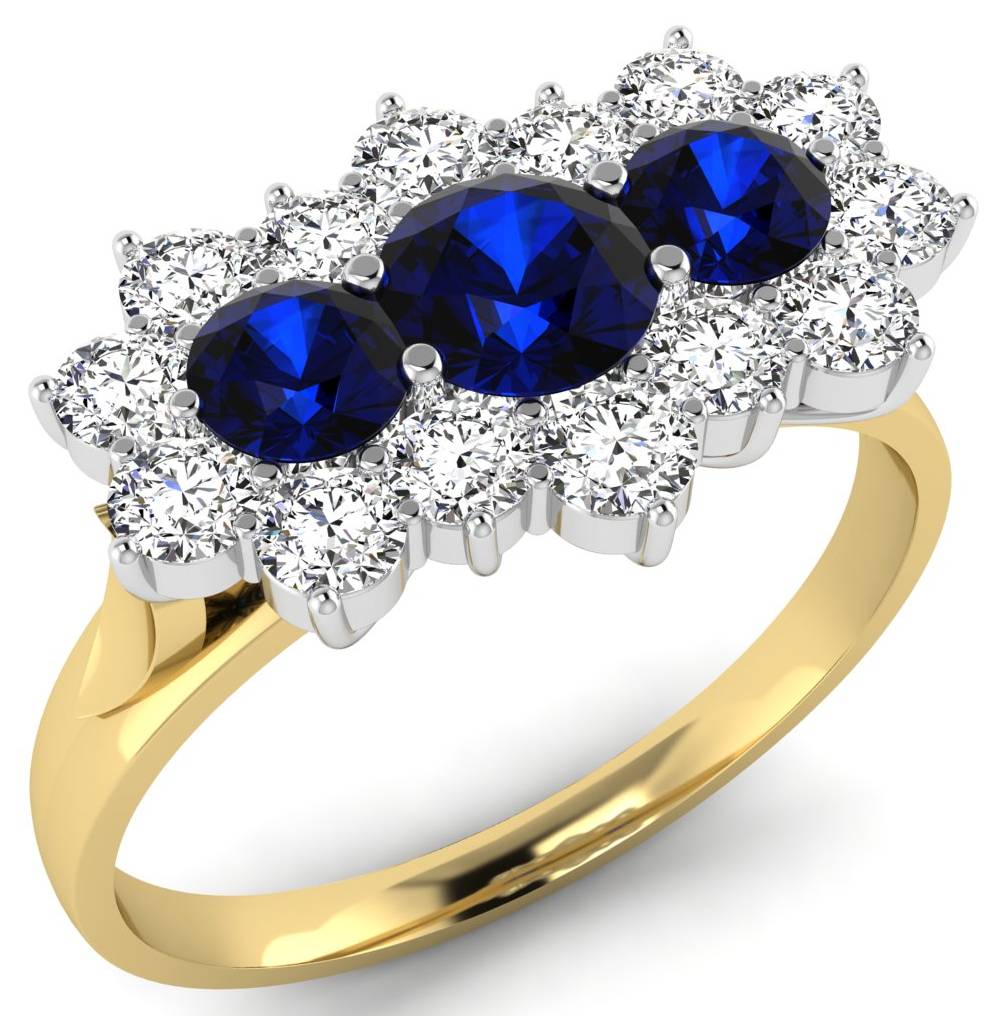The UK’s jewellers, many of whom import diamonds and gemstones processed in India, are facing painful challenges due to a rapidly evolving financial crisis following sweeping tax cuts in a 23rd September “mini-budget” that set off a slide in the pound to a record low against the US dollar.
Much of the UK jewellery sector is dependent on imports of precious materials, such as gold, silver, and platinum, as well as diamonds and coloured gemstones, all of which are denominated in dollars.
The UK is a significant importer of diamonds and gemstones processed in centres such as Surat and Jaipur, as well as of Indian manufactured and handcrafted jewellery.
The sharp fall in the pound has impacted jewellers replenishing their stocks of such materials, hitting their margins.
Despite the fall in gold prices to a 2-1/2-year low in dollar terms in late September, the yellow metal is still expensive in pounds.
“We are astonished by how much the prices of raw materials have risen,” said Jaysal Pattni of London-based Minar Jewellers.
A huge priority facing UK jewellers is how to tackle the impact of high inflation on their businesses, with customers facing surging energy and food costs.
The Bank of England extended its recent tightening of monetary policy and raised interest rates by 0.50% on 22nd September in a bid to control inflation. Now there is speculation in financial markets that the UK central bank may soon sharply raise rates again.
In the jewellery sector, UK wholesalers are expected to pass on price increases to retailers, who will raise prices to their customers, or face squeezed margins.
Dinesh Parekh of Birmingham-based wholesaler Just Diamonds has said he would have to increase prices of products in his core diamond jewellery range because of the slide in the pound.
Retailers will do everything they can to avoid reducing their margins.
“I think jewellers will have to pass on price increases, but this will have the effect of boosting the value of their turnover,” said Himanshu Shah, director of London-based diamond jewellery supplier Andre Michael.
Jewellers may turn increasingly to 18-karat yellow gold instead of 18-karat white gold as yellow gold does not include costly dollar-denominated palladium, and in lower market segments, an ongoing shift to supplying 9-karat gold instead of 18-karat gold, is likely to continue, jewellers say.
UK manufacturing exporters are more competitive
The pound’s weakness against the dollar and the euro, has boosted the competitiveness of UK companies that manufacture and export jewellery, such as Birmingham-based Hockley Mint and Domino.
“The weak pound also makes us more competitive in the home market,” said Gary Wroe, CEO of Birmingham-based Hockley Mint, which manufactures and exports to Europe and beyond.
However, the UK jewellery sector is predominantly import driven rather than export driven.
Corporation tax
The UK government’s decision not to go ahead with a planned increase in corporation tax, which taxes companies’ profits, will strengthen the cash flow of some jewellers who will be able to afford more easily to pay rising wages and other costs.
“Cancelling rises in national insurance and corporation tax will reduce the cost pressures on many jewellery businesses and so too will the plans outlined to work with energy suppliers to reduce wholesale gas and electric costs,” said Heather Callaway, Chair of the National Association of Jewellers (NAJ).
“The measures will be a relief for most members who can now focus on a crucial quarter of trading, hopefully with domestic consumers now buoyed by the support for households, and international visitors benefiting from the reintroduction of VAT free shopping in the UK.”
UK luxury jewellers, including Bond Street and Hatton Garden retailers, will get a sales boost from the government’s decision in the mini-budget allowing non-UK shoppers to claim back Value Added Tax (VAT) again. The exemption had ended last year.
Jewellers such as Buccellati and Hirsh London had lamented the ending of the exemption as their clientele includes wealthy non-British luxury tourists.
Such tourists will be able to claim back 20% VAT on luxury jewellery purchases when they leave the country.
The tax cuts benefiting the wealthiest in society, including abolition of the 45% top rate of income tax in the mini-budget, may bolster sales of top-end jewellery, benefiting the so-called “county jewellers” which belong to buying groups such as Houlden.
The sharp rises seen this year in natural diamond prices may lead to rising customer demand for cheaper lab-grown diamond jewellery, forcing retailers to increase the variety of lab-grown diamond jewellery stock in their shops, jewellers say.
This could benefit Indian exporters of lab-grown diamond jewellery at a time when production capacity is ramping up in Surat.
UK jewellery trade shows this year have seen a jump in offerings of lab-grown diamond jewellery, in the face of squeezed earnings by middle-income consumers, hard hit by high inflation amid worries over recession driven by surging energy prices following the Russian invasion of Ukraine.



